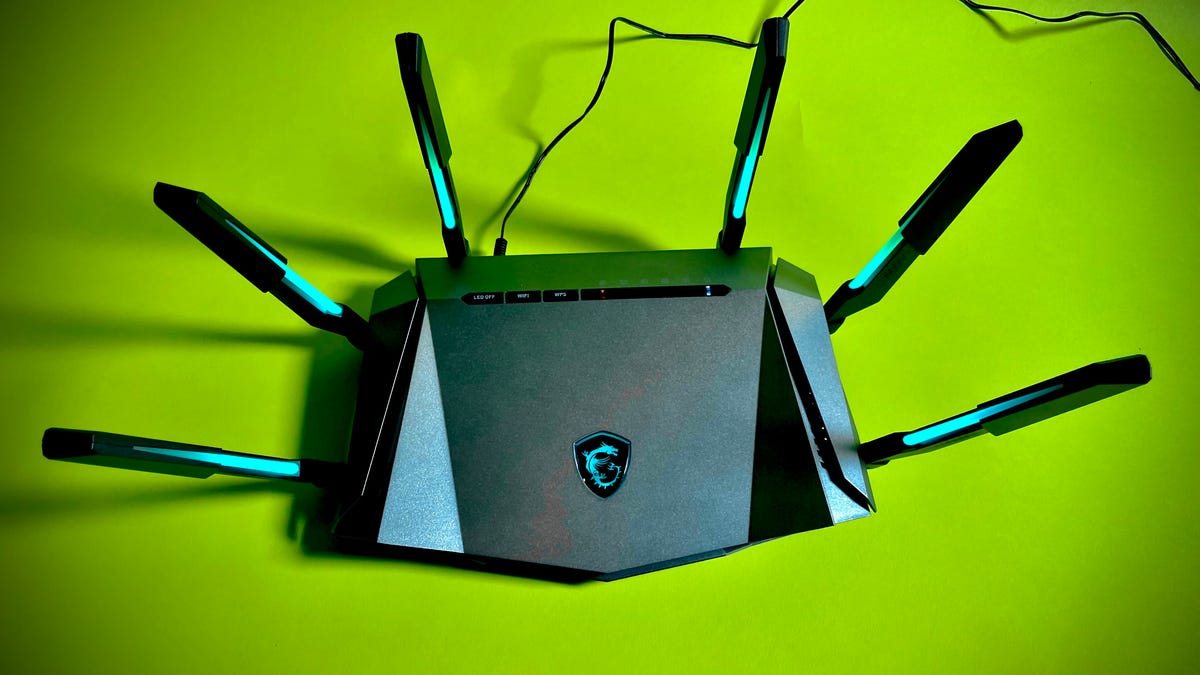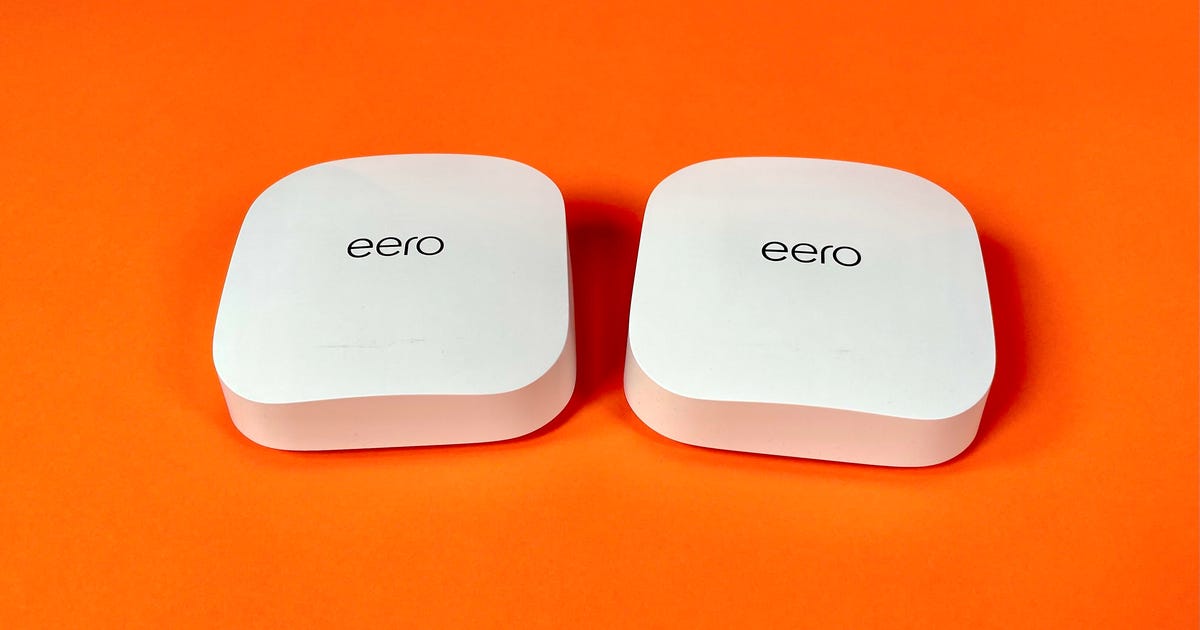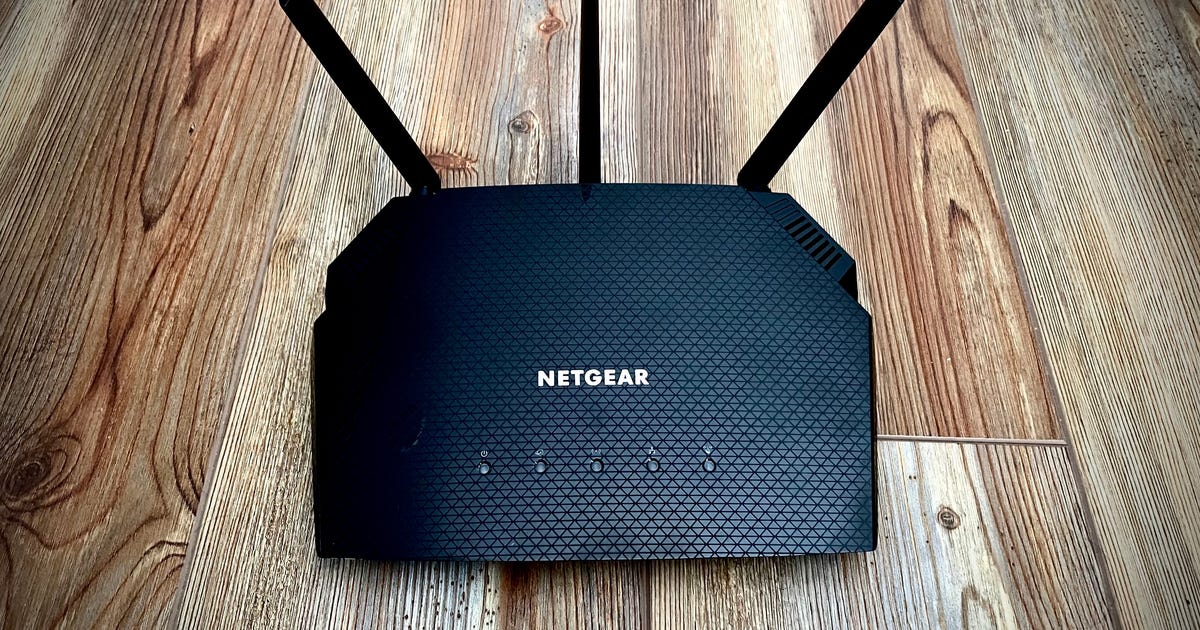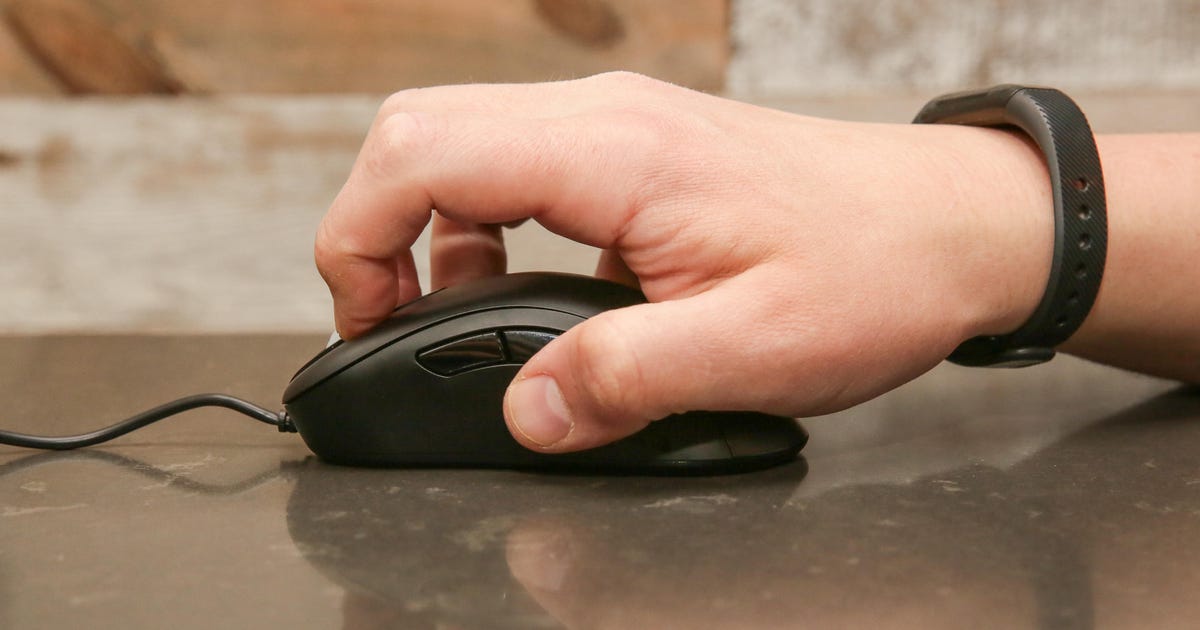Tag: wrong
-

Your Router Is in the Wrong Spot. Here’s Where to Move It to Speed Up Your Wi-Fi
A slow home internet connection can make even the simplest Google search super frustrating. If you find that your Wi-Fi is always unstable, no matter what internet service provider you have or how many devices are connected, what do you do? Sometimes having your flagship router professionally installed might not even solve the immense problem…
-

Your Mesh Router Is in the Wrong Location, and It truly is Slowing Down Your Wi-Fi
This tale is aspect of 12 Times of Recommendations, encouraging you make the most of your tech, dwelling and wellbeing in the course of the vacation season. I’ve used the previous couple of yrs at CNET tests and reviewing Wi-Fi routers, and if you will find 1 detail I have realized, it truly is this:…
-

Your Router Is in the Wrong Spot. Here’s Where To Move It for Faster Wi-Fi
This story is part of Home Tips, CNET’s collection of practical advice for getting the most out of your home, inside and out. A reliable internet connection at home is pivotal — but Wi-Fi can be frustratingly finicky. Despite paying monthly fees to an internet service provider, and even if you’ve had a router professionally installed,…
-

You may be using the wrong computer mouse for your grip type: Claw, palm or fingertip?
Sarah Tew/CNET There are a lot of gaming mice out there — a lot — and they vary by the type of games you play and your playing style. It can be very complicated to decide which size and style of gaming mouse will work best for your needs, especially if you’re on a budget. One…